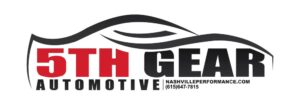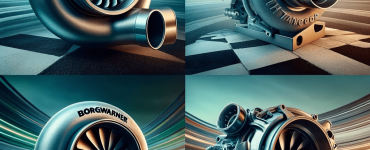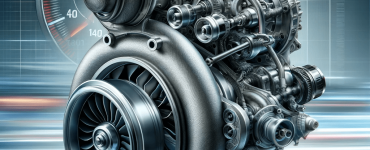Understanding Lag in turbochargers for Enhanced Performance
Key Takeaways
| Benefit | Description |
|---|---|
| Reduced Turbo Lag | Strategies to minimize the delay in power delivery |
| Enhanced Throttle Response | Immediate power delivery upon acceleration |
| Increased Efficiency | Maximized engine performance and fuel economy |
| Knowledge Empowerment | Understanding turbocharger mechanics and solutions |
Turbochargers have become a staple in modern performance vehicles, offering a significant boost in power by forcing extra air into the combustion chamber. However, a common issue associated with turbochargers is lag—the delay between the moment the throttle is opened and the time the turbocharger delivers the increased power. This article delves into the causes of turbo lag and presents practical solutions to mitigate it, enhancing your vehicle’s response and overall performance.

What Causes Turbocharger Lag?
Turbocharger lag is primarily caused by the time it takes for the exhaust gases to spool up the turbocharger to its effective operating speed. Several factors contribute to this, including the turbo size, exhaust flow restrictions, and the inertia of the turbocharger’s moving parts. To understand the basics of turbo-supercharger performance, one must acknowledge that a larger turbo may offer more power but can also lead to increased lag due to greater rotational inertia.
Strategies to Reduce Turbo Lag
- Optimizing Exhaust Heat Management: The energy of the exhaust gases plays a crucial role in spooling the turbo. Implementing exhaust heat management can reduce the heat loss between the engine and the turbocharger, speeding up the spooling process.
- Turbocharger Tweaking: Smaller, twin-scroll turbochargers can spool up more quickly, reducing lag. Technologies like variable geometry turbochargers (VGTs) and twin-turbo setups are designed to provide a more immediate response.
- Engine Tuning: Customizing your engine’s ECU can advance the timing of the turbocharger, resulting in a quicker response. This process should be handled by professionals to avoid engine damage.
Advanced Solutions
- Anti-Lag Systems (ALS): ALS intentionally introduces unburnt fuel into the exhaust system to keep the turbocharger spinning while the throttle is closed. Although effective, this method can lead to increased wear and should be considered for track use rather than daily driving.
- Electric Turbo Assist: Emerging technologies, such as electrically-assisted turbochargers, use electric motors to instantly spool up the turbo, virtually eliminating lag. This approach is gaining popularity in hybrid and performance vehicles.
Installation and Maintenance Considerations
Upgrading or modifying a turbocharger system requires a thorough understanding of the vehicle’s mechanics and careful consideration of the installation costs. Moreover, regular maintenance is critical to sustain performance gains and reduce lag over time. It’s advisable to consult with experts in turbocharger systems, like those at Nashville Performance, who can guide you through the maintenance differences between turbochargers and superchargers.
Conclusion
Turbocharger lag is a challenge for many performance enthusiasts, but with the right knowledge and tools, it can be effectively reduced. Understanding the dynamics of your turbo system and implementing targeted improvements can significantly enhance your driving experience.
Q&A
| Question | Answer |
|---|---|
| What is turbo lag? | Turbo lag is the delay between the accelerator being engaged and the turbocharger providing increased power. |
| How does exhaust heat management help? | It reduces heat loss between the engine and the turbo, speeding up the spooling process. |
| What is a twin-scroll turbocharger? | A twin-scroll turbocharger has two separate channels in the housing to direct exhaust flow to the turbine. |
| What are the benefits of electric turbo assist? | It provides an immediate boost to the turbo, virtually eliminating lag. |
| Is it necessary to consult a professional for turbo upgrades? | Yes, professional consultation is important for safe and effective upgrades. |




